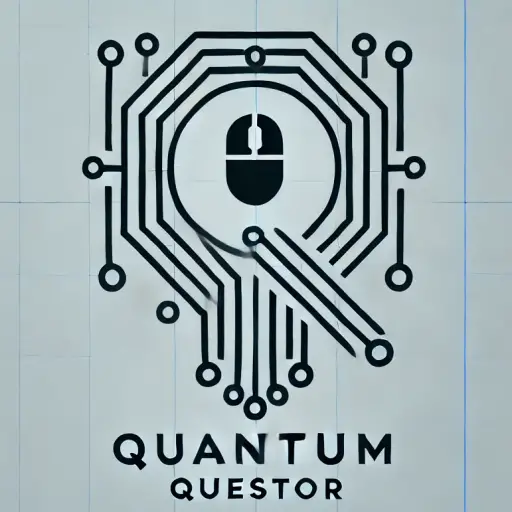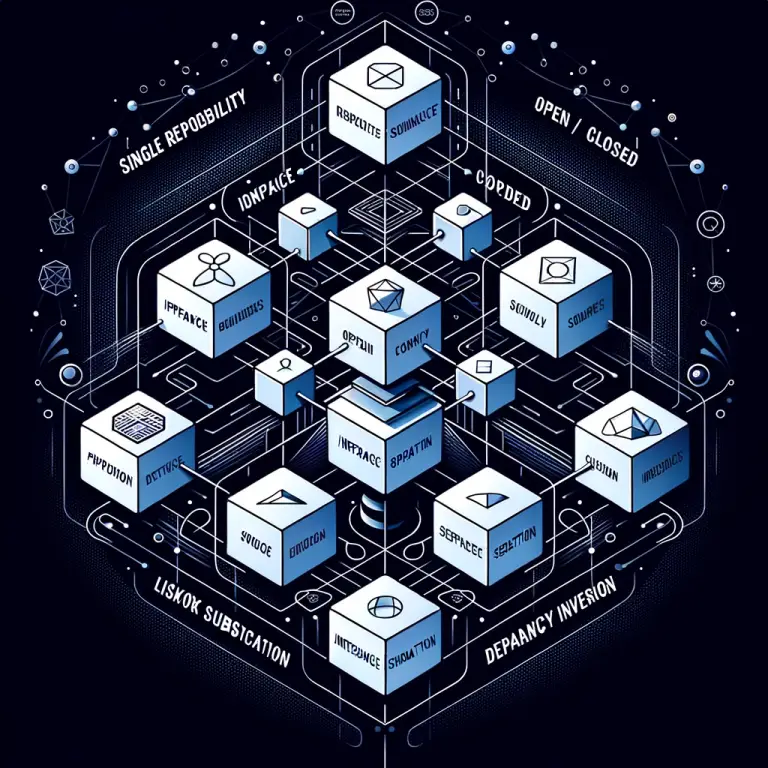Title: Embracing Tech Nostalgia: A Journey into Our Digital Past
Introduction
From the brave clunky desktop computers of the 80s, through the whistles of the dial-up internet era, to the iconic ringtone of the Nokia 3310, technology has always been at the heart of modern human evolution. Tech nostalgia, a term coined to denote a sentimental longing for past versions of technological hardware and software, envelops us in tender memories of simpler times. This article delves into the realm of tech nostalgia, exploring the reasons for its present popularity and the impact it has on both consumers and creators.
The Phenomenon of Tech Nostalgia
As with any form of nostalgia, tech nostalgia emerges from an affection for the forgotten tools and accessories that marked our past. Today, we recall with fondness the cumbersome original PlayStation consoles or the colourful iMac G3s, not because they were superior to the sleek, efficient models that replaced them, but because they invoke treasured memories tied to specific moments in our lives.
Tech nostalgia offers an escape route from an increasingly complex modern world. It takes us back to an era when technology was simpler and less overwhelming. Nostalgia for past technologies surfaces from the romance of their tangibility and relative simplicity, a stark opposite of cloud storage solutions and the complex digital ecosystems of today’s tech world.
The Influence and Impact of Tech Nostalgia
Tech nostalgia has been integral in influencing product design and marketing strategies in recent years. Manufacturers recognize the emotive power of nostalgia and integrate features of the past into modern design aesthetics to tap into consumers’ emotional connections. An example of the manipulation of tech nostalgia is the re-release of the Nokia 3310. Despite being inferior in almost every way to modern smartphones, it sold rapidly due to its nostalgic sentiment.
Moreover, video games have seen a resurgence of pixel art and platform design popular in the 80s and 90s, appealing to the nostalgic emotions of older gamers. This revival trend implies that tech nostalgia can drive innovation and the reproduction of retro-decorated modern commodities.
In the digital realm, tech nostalgia also has a sociological aspect. It may contribute to the sense of digital divide or the gap between tech-savvy younger generations and older generations struggling to keep up with the pace of technological change. Younger folks are adapting to touchscreens, while older people long for the tactility and comfort of hardware buttons.
Conclusion
Tech nostalgia provides an intimate, sentimental journey into our digital past. It drives us to reflect and appreciate the journey of technological advancement. It also indicates that while we celebrate the remove and improvement of outdated tech, we are still bound emotionally to the symbols of our technological roots.
However, could tech nostalgia also be a roadblock to embracing newer technology? While this perspective is worth considering, tech nostalgia, even if it spawns reproductions of older gadgets, doesn’t seem to slow down our relentless advances in technology. Instead, it grounds us and provides a sense of context and history, allowing us to measure the strides we’ve made and the potential that lies ahead for more technologically transformative decades. Rest assured, tech nostalgia will continue to coexist and shape the future of our digital landscape.

